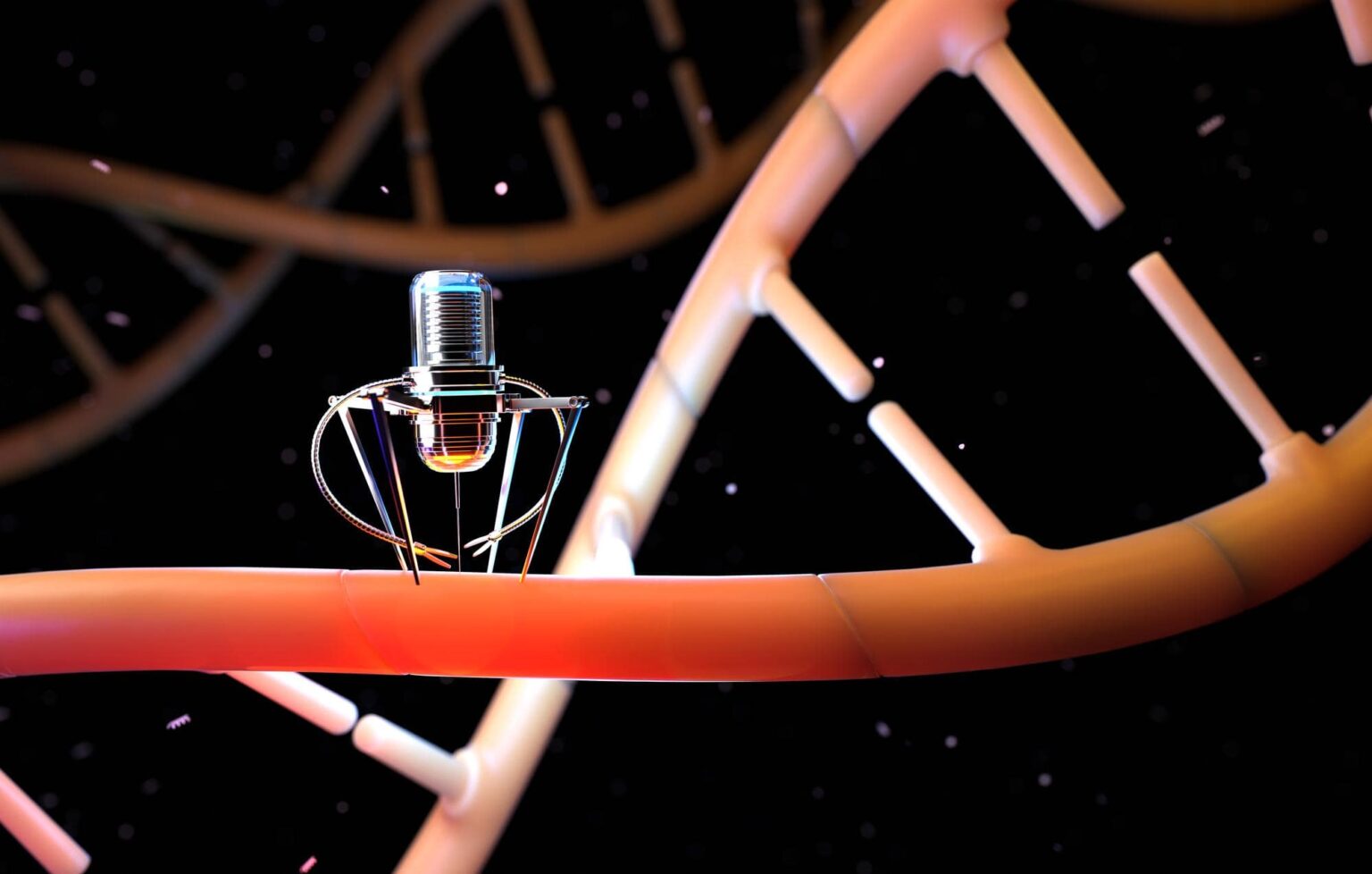Nanotechnology, the manipulation of matter on a nanoscale level, has made significant advancements in the field of biomedicine. It offers unique capabilities for targeted drug delivery and diagnostics, revolutionizing the way we approach disease treatment and detection. Nanoscale particles and devices can be designed to interact specifically with biological systems, providing enhanced precision, efficacy, and safety in biomedical applications.
Here are two key areas where nanotechnology is transforming biomedicine:
1. Targeted Drug Delivery: Nanoparticles can be engineered to deliver drugs directly to specific cells, tissues, or organs in a highly targeted manner. These nanoparticles can carry therapeutic agents, such as drugs or genes, and be designed to release them at the desired site. The advantages of targeted drug delivery include improved drug efficacy, reduced side effects, and lower doses required.
Nanoparticles used in drug delivery systems can be surface-modified to enhance their targeting abilities. Functionalities such as antibodies, peptides, or aptamers can be added to the surface of nanoparticles, allowing them to recognize and bind specifically to target cells or tissues. Additionally, nanoparticles can be designed to respond to specific stimuli, such as pH, temperature, or enzyme activity, triggering drug release at the desired location.
This targeted approach is particularly valuable in treating diseases like cancer, where nanoparticles can accumulate preferentially in tumors through passive or active targeting mechanisms, delivering anticancer drugs directly to the cancer cells while sparing healthy cells.
2. Nanoscale Diagnostics: Nanotechnology has revolutionized diagnostic techniques, enabling more sensitive, rapid, and accurate detection of diseases. Nanoscale materials and devices can be utilized for improved imaging, biosensing, and molecular diagnostics.
Nanoparticles can serve as contrast agents in medical imaging techniques, such as magnetic resonance imaging (MRI), computed tomography (CT), and ultrasound. These nanoparticles can enhance the visualization of specific tissues or biomarkers, allowing for earlier disease detection and precise monitoring of treatment response.
Nanosensors and nanodevices offer new avenues for highly sensitive and specific detection of biomarkers associated with various diseases. Nanosensors can be designed to recognize specific molecules, such as proteins, nucleic acids, or metabolites, enabling early diagnosis and monitoring of diseases like cancer, infectious diseases, and cardiovascular disorders. Nanodevices can also facilitate point-of-care testing, allowing for rapid and portable diagnostics.
Furthermore, nanotechnology has contributed to the development of lab-on-a-chip devices, where miniaturized diagnostic systems integrate multiple functions on a single chip. These devices enable the detection of multiple analytes simultaneously, improving efficiency and accuracy in diagnostics.
Nanotechnology-based drug delivery and diagnostics have the potential to transform the field of biomedicine by providing more targeted and personalized approaches to disease treatment and detection. However, it’s important to address safety considerations, such as potential toxicity or immunological responses to nanomaterials, through rigorous testing and regulation. Continued research and development in nanomedicine hold great promise for advancing healthcare and improving patient outcomes.



